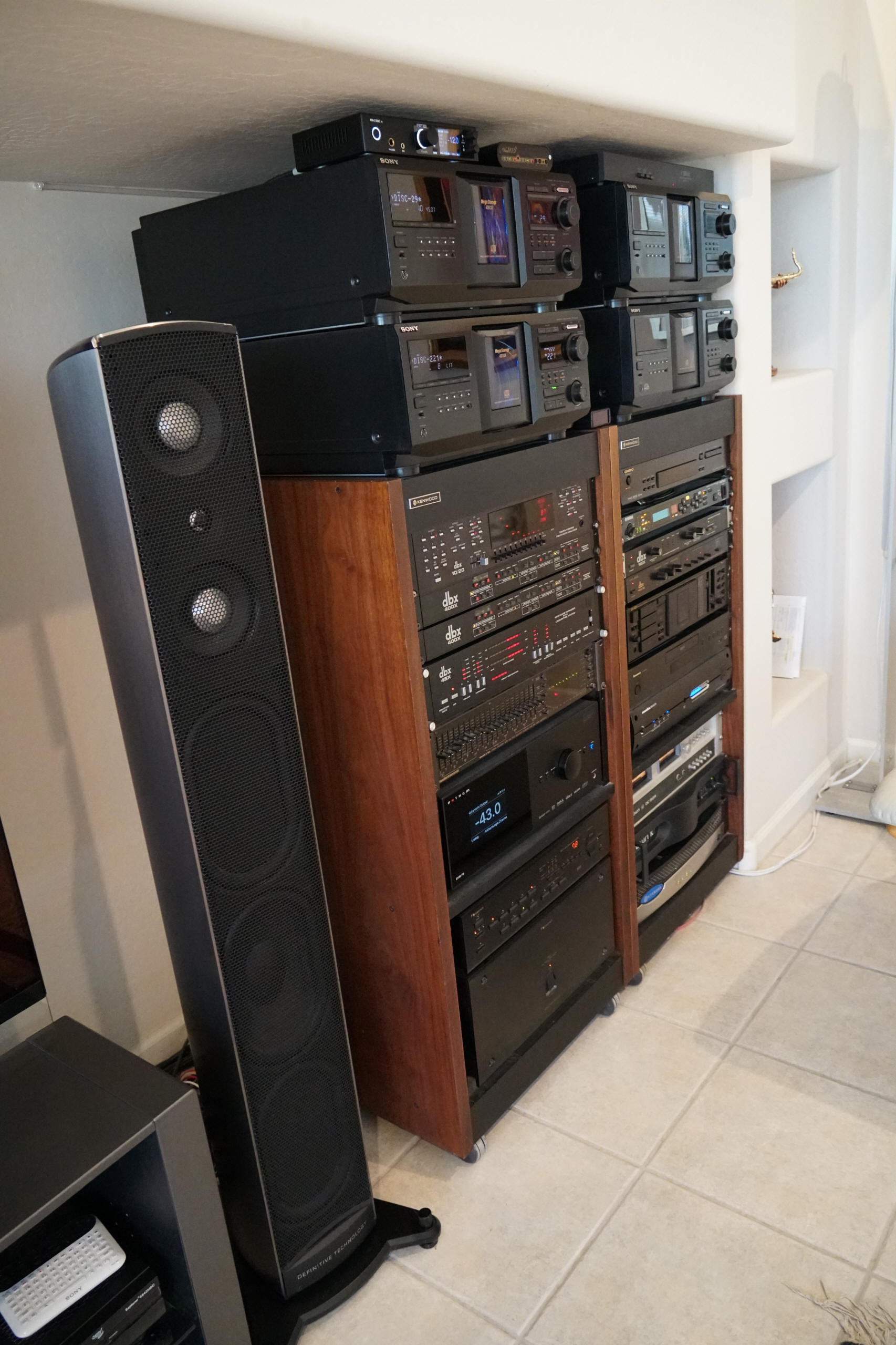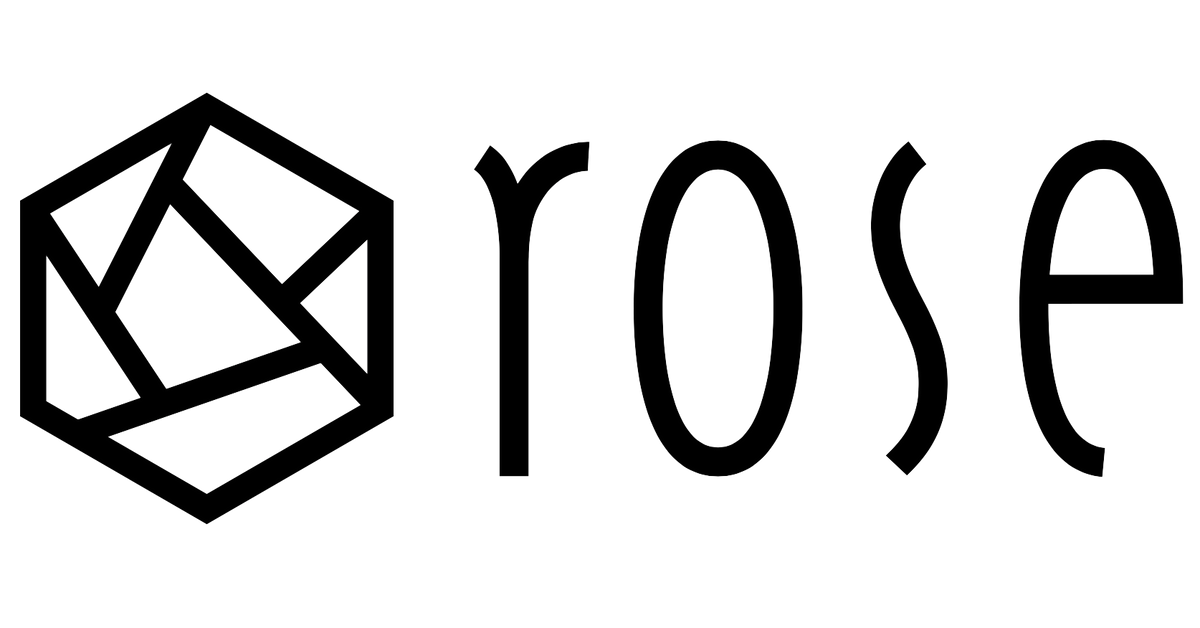No shortage of buttons, knobs, or rocker switches around here. Many haven't been touched recently, but it's nice to have the ability to see what's what at a glance.

Most - but not all - of the components support, IR remote control and, of course, were provided with proprietary remotes. Rather than dealing with a forest of remotes, I programmed all the available remote functionality of each into a single macro-enabled programmable remote. Then, I wrote custom macros to facilitate various activities, such as switching sources and selecting analog or digital signal paths.
View attachment 433034
As an example, all of my disc players feed a single TOSLINK switch, which in turn, feeds a TOSLINK input on my DAC. The DAC simultaneously provides both analog and digital output signals to different components, which enables me to choose between strictly digital all the way to all the way to the line-level outputs on my Anthem pre-pro (ostensibly the highest fidelity) and analog to the CD input on my old Nakamichi pre-pro, either with selected analog processors in the signal path or without.
I confess that I prefer the analog path.
I (and we) would highly welcome your participation on my thread "Let's share diagrams (and photos) of our total physical audio system and the whole signal path, with a few words and/or links" showing/sharing your total signal path diagram(s)!

